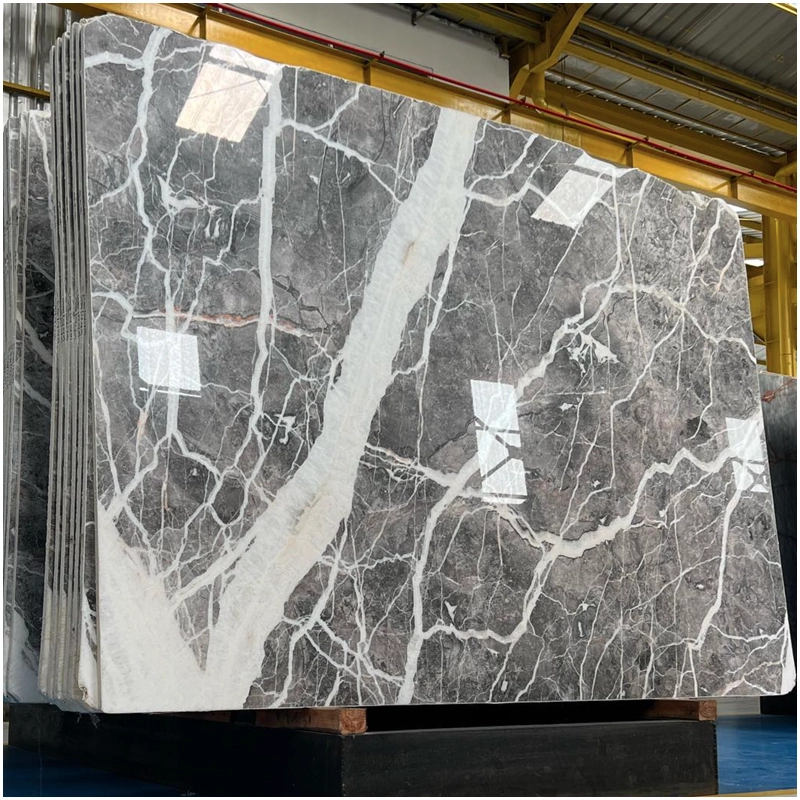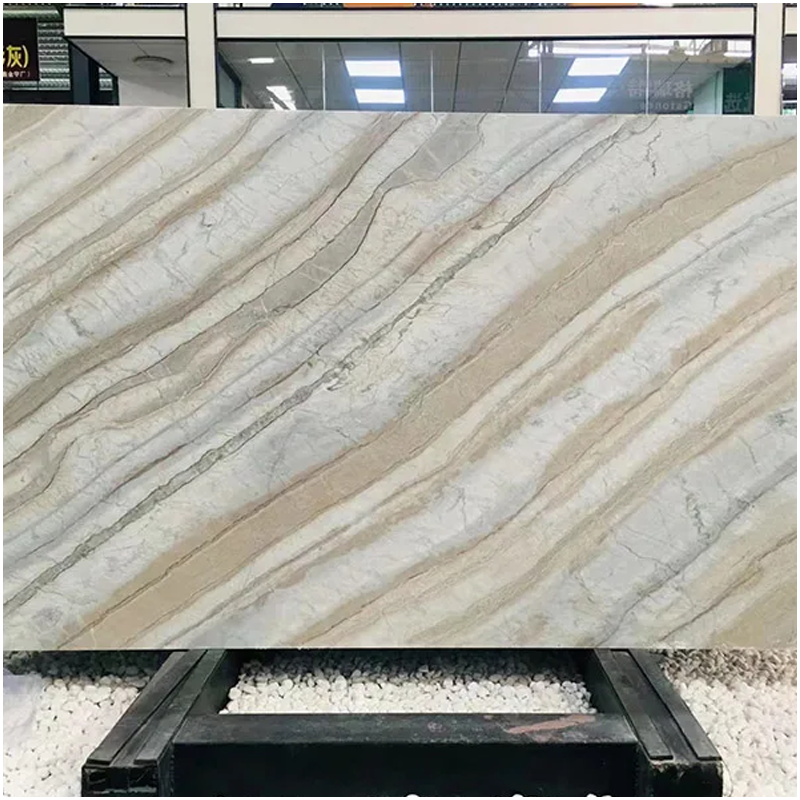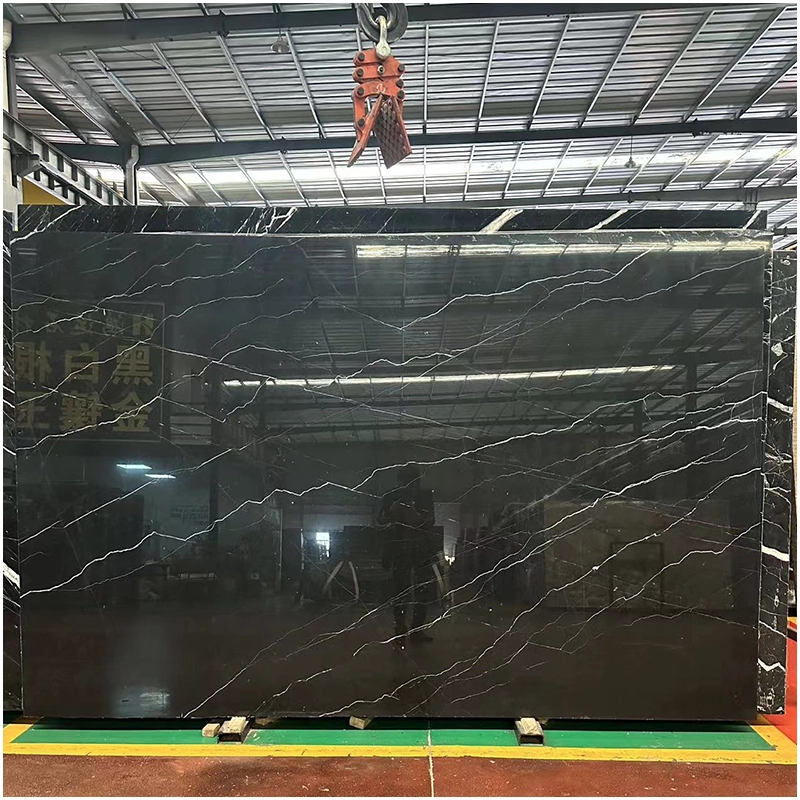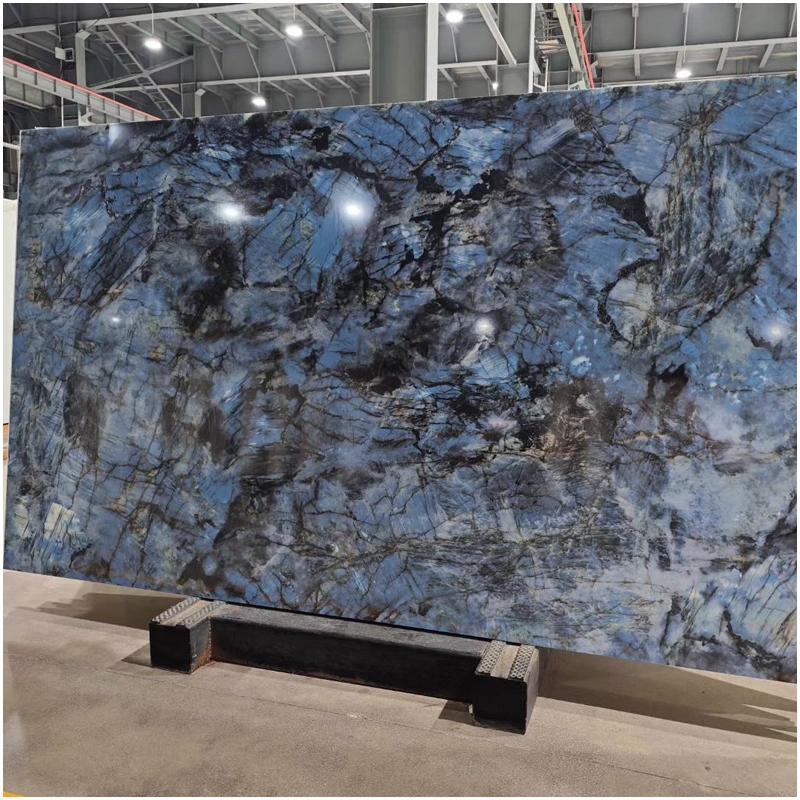Stone honeycomb panels are a popular construction material used for a range of applications. This innovative building material is lightweight, durable, and offers excellent insulation properties. In this article, we will provide a comprehensive guide to stone honeycomb panels, including their benefits, types, applications, and installation process.
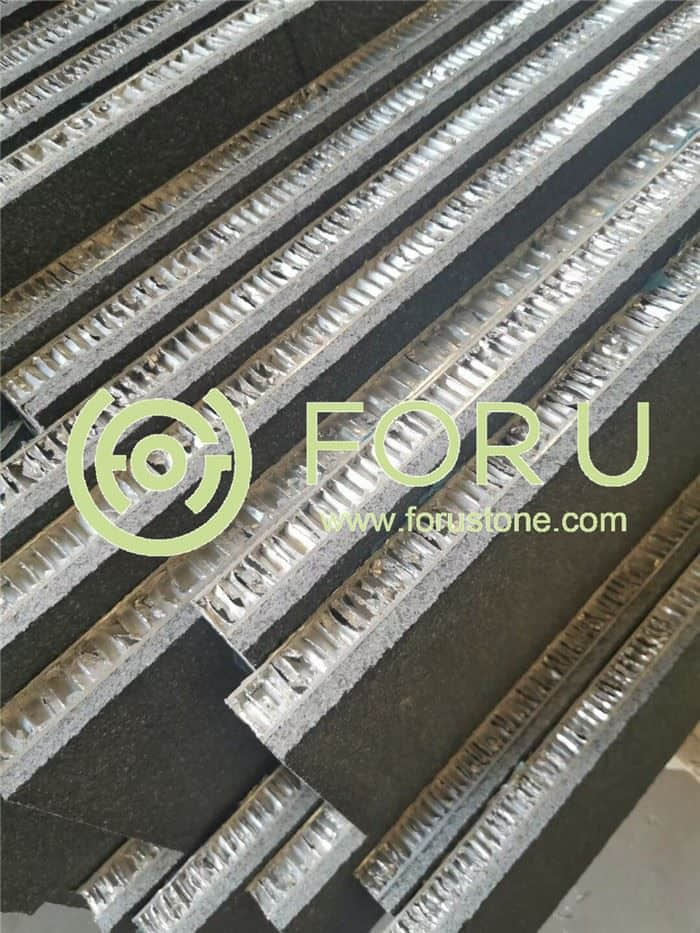
Benefits
- The panels offer several benefits, including:
- Lightweight: The panels are significantly lighter than solid stone panels, making them easier to install and transport.
- Durable: These panels are highly durable and resistant to wear and tear, making them a great option for high-traffic areas.
- Insulation: The panels have excellent insulation properties, making them ideal for both residential and commercial projects.
- Aesthetically pleasing: The panels offer the natural beauty of solid stone with more design flexibility and versatility.
- Easy installation: With interlocking panels and a simple installation process, the panels can be installed quickly and efficiently.
Types
- There are several types of the panels available on the market, each with its unique features and advantages. Some of the most popular types include:
- Marble honeycomb panels: These panels offer the luxurious appearance of marble while being significantly lighter and more affordable than solid marble.
- Granite honeycomb panels: Granite honeycomb panels are durable, long-lasting, and able to withstand extreme weather conditions.
- Lime the panels: Lime the panels offer a rustic, natural appearance and are suitable for a range of applications.
- Travertine honeycomb panels: These panels are versatile, cost-effective, and offer a range of colors and textures.
Applications
The panels are suitable for a wide range of applications, including:
- Cladding and facades: The panels are an excellent choice for cladding and facades, providing a durable, aesthetically pleasing exterior.
- Interior walls and partitions: These panels can be used for interior walls and partitions, providing a natural appearance and insulation properties.
- Countertops and tabletops: The panels are ideal for countertops and tabletops, offering durability and easy maintenance.
- Furniture: These panels can also be used for furniture, such as tables, benches, and seating.
Installation
The installation process of the panels is relatively straightforward, and it usually involves the following steps:
- Surface preparation: The surface where the panels will be installed needs to be cleaned and leveled.
- Panel layout: The panels are laid out in the desired pattern and orientation.
- Adhesive application: A layer of adhesive is applied to the back of the panels and the surface they will be attached to.
- Panel attachment: The panels are then attached to the surface, ensuring that they are level and fit tightly together.
- Finishing touches: After the panels have been installed, any visible rough edges or joints are covered with a sealant or trim to provide a finished look.
Factors to Consider When Choose The panels
When to choose panels, there are several factors to consider, including:
- Material: The type of stone used in the panel will affect its durability, appearance, and price.
- Size: The size of the panel should be considered, depending on the intended application and installation area.
- Thickness: The thickness of the panel will determine its strength and insulation properties.
- Finish: The panels come in various finishes, such as polished, honed, or textured. The finish should complement the desired aesthetic and application.
- Price: The cost of the panels can vary based on material, size, and finish. Consider the budget and the application when selecting a panel.
Installation Tips
Proper installation is crucial to ensure the longevity and effectiveness of the panels. Here are some installation tips to keep in mind:
- Ensure a level surface: The substrate where the panels are installed should be level, stable, and free from debris.
- Use quality adhesive: A high-quality, flexible adhesive should be used to attach the panels to the substrate.
- Follow manufacturer’s instructions: Follow the manufacturer’s specific installation instructions to ensure proper panel attachment.
- Seal all edges and joints: All visible edges and joints should be sealed with a suitable sealant to prevent moisture infiltration.
- Allow for expansion and contraction: Allow for movement due to temperature changes by leaving gaps at vertical seams and at protrusions.
Maintenance and Care of The panels
Proper maintenance and care are essential to keep the panels looking their best and functioning correctly over time. Here are some tips for maintaining and caring for the panels:
- Regular cleaning: Clean the panels regularly using a mild soap and water solution, and avoid harsh chemicals that could damage the stone or adhesive.
- Avoid direct contact with sharp objects: Avoid direct contact with sharp objects to prevent scratches and chips on the panel’s surface.
- Address stains promptly: Promptly address any spills or stains on the panel’s surface using a suitable cleaner.
- Inspect panels regularly: Inspect panels regularly for signs of damage, such as cracks or chips, and repair as necessary.
- Protect from weather elements: Protect exterior applications from extreme weather conditions by applying a sealant and ensuring proper drainage.
With proper care and maintenance, the panels can last for many years and provide an attractive and functional building material for various applications.
In Conclusion
Stone honeycomb panels offer numerous benefits, including lightweight construction, durability, insulation, and design flexibility. With the various types of stone honeycomb panels available and their wide range of applications, this building material can be a great option for both residential and commercial projects. By understanding the benefits, types, applications, and installation process of stone honeycomb panels, you can make an informed decision regarding whether this material is the right choice for your next construction project.
Related Products

